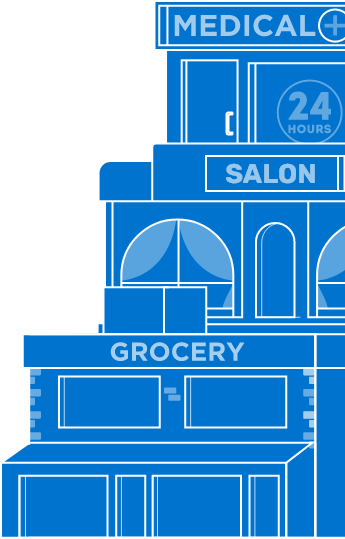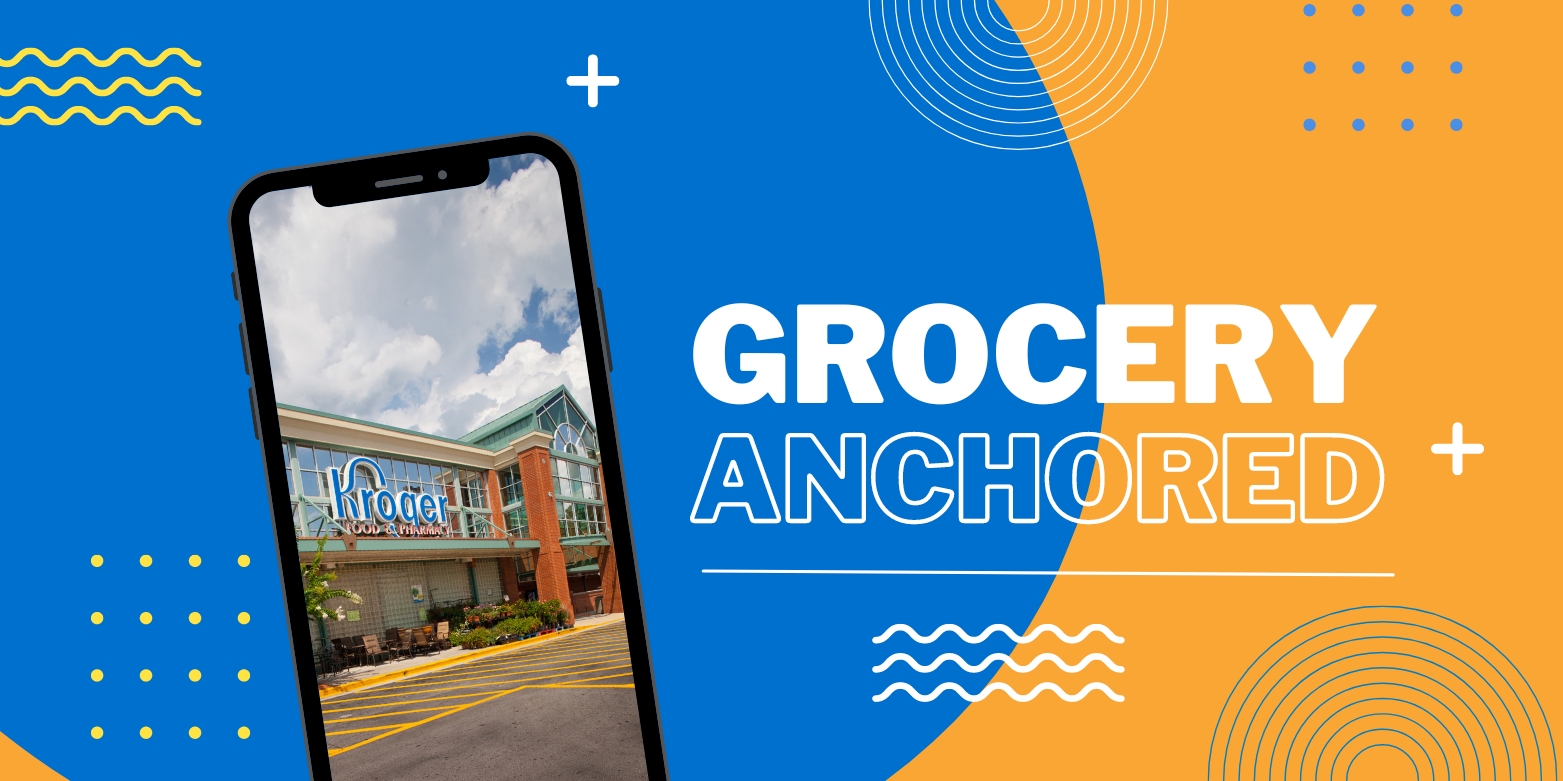Published On Aug 15, 2015
in Retail Real Estate Industry
My partner Mike Phillips and I have been in commercial real estate for over 30 years. We’ve seen tremendous change and survived several market cycles. Through it all – we’ve been focused on grocery-anchored shopping centers. When we took the plunge in 1991 and were looking to buy our first asset, we came to the end of the due diligence process and asked ourselves: “is this investment necessity-based?” and “do we understand it?” We answered yes and closed the deal.
Grocery-anchored centers have unique investment characteristics that make them a solid investment – they are necessity-based, drive traffic, and tend to be more recession resistant. They are also anchored by grocers – some of the best retailers in the world. The leading grocers in our portfolios operate on tight margins, manage stores with 40,000+ SKUs, deal with perishable inventory and are open 24-7. The leading grocers are adaptable, responsive, and service oriented – they have to be in order to stay competitive.
Necessity = stability
Grocery-anchored assets provide both stability and growth – something that can’t be said about many other asset types or investments.
- The grocery anchor provides 40-60% of the rental income from the property and in a sense, acts like a bond.
- The anchor is backed by a long term, stable lease with incremental rate increases.
- The growth comes from driving rents in the small shop in-line space.
- Retail tenants benefit from the grocery store traffic. The average consumer makes 1.8 trips to the neighborhood grocery store per week. Retailers in the center capitalize off that traffic, and the property owner capitalizes by increasing rents.
In today’s current environment, we are seeing the demand for retail space increase while supply has remained at historically low levels. Shopping center owners like Phillips Edison have been able to take advantage of these conditions and further drive rents and occupancy at the center level, improving net operating income and ultimately the value of the asset.
What happens when market conditions take a turn? That’s another reason we focus on grocery-anchored shopping centers. They are a necessity based investment – people have to eat. In the great recession, consumers stopped eating out and started eating in. Our grocery anchors responded to this flight to value through investments in price discounts and private labels.
Attracted to innovation
Grocers continue to adapt beyond the great recession as new technology is introduced and consumers seek convenience. Grocers’ ability to adapt is another major reason we are invested in the grocery-anchored shopping center business.
Online grocery is picking up steam, but it still represents a very small portion of the overall industry and at its current expected growth rate will only comprise 1-3% of the market, according to Business Insider. Kroger, Publix and Walmart are currently piloting click-and-collect programs, which allows consumers to buy online and pick-up in store. They are turning their physical stores into warehouses and will continue to prove that they are the most effective and cost-efficient way to deliver goods the last three miles to a consumer’s home.
They are also investing in technology to improve check out times and remodeling stores to provide a better customer experience. Finally, they are responding to the fresh and organic movement. Kroger launched its private label organic brand two years ago. It’s already become a $1 billion brand.
We still own and operate Nor-Dan Shopping Center in Danville, Virginia and recently signed a lesase for a 42,000-square-foot Walmart Neighborhood Market. This center has continued to provide stability and generate growth throughout all market cycles. Grocery has been our focus since inception, and for the reasons outlined above, it will continue to be our focus for the future.
Jeffrey Edison





